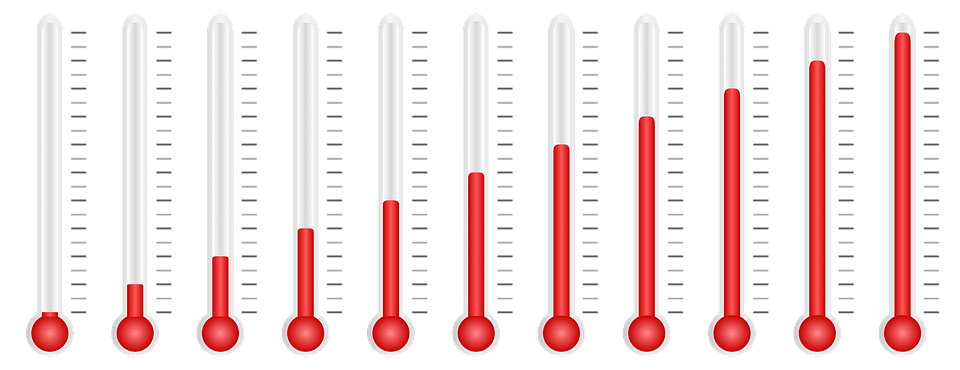On Feb. 1, Nature Journal published a research paper by University of Wyoming researchers regarding a climate study that determined recent temperatures across Europe and North America compared to the past 11,000 years.
“The main point of the paper was to explore the temperature trends over Europe and North America over the last 11,000 years,” Bryan Shuman, UW Professor of Geology and Geophysics, said. “There was some debate about this time period because some previous work based on a limited set of information from the oceans suggest that if you went back about 8,000 to 10,000 years ago that it was a few degrees warmer in that region mainly across the North Atlantic.”
The study reveals the natural fluctuations in climate which have occurred over past periods, would have naturally led to climatic cooling today even in the absence of human activity.
The fossil material was collected and studied for temperature changes by the researchers, who visited 100 locations spanning two continents.
“What we found was that on the continents it was actually much cooler, it was up to two degrees Celsius colder than the mid-20 century,” Shuman said.
The entire project was funded by the NASA Space Grant and carried out by Jermiah Marsicek, now working on his postdoctoral at the University of Wisconsin, who studied all the fossil material to estimate temperatures based on it and later compared the results with other data sets, climate models and ocean studies.
Mersicek focused on this project for the past three to four years and also received a 2-year fellowship from the Environment Project Agency, which helped to study and understand the current temperature in the long-term time frame. Basically, the temperature peaked 5,000 years ago, while slightly cooling in the last 2,000 years.
Many institutions were involved in gathering and processing the data.
Shuman collaborated with University of Utah faculty member Simon Brewer, who was able to help them combine information for North America and Europe.
“[There was] a faculty member at the University of Oregon and someone from the U.S. Geological Survey who had done a lot of work for the climate model forecast for the last 11,000 years,” Shuman said. “We collaborated with them to make the comparison for our temperature estimates of the two continents with these stimulations.”
UW student Samantha Celich said, “Projects like this helps to reframe how we understand global temperatures over the last 11,000 years and how it actually works.”
UW Student Matthew Hoven said, “This research helps us to understand how climate changes from decades to epochs and eras giving us a new perception from the past to recent and future climate changes.”
Shuman not only tries to include the study of North America or Europe but the whole world together.
“There are some interesting fluctuations in temperature and some abrupt changes in temperature about 5,000 years ago,” Shuman said. “There was a really significant shift upwards in temperature quite abruptly and to me one of the exciting things will be to better understand these additional fluctuations in that record.”



